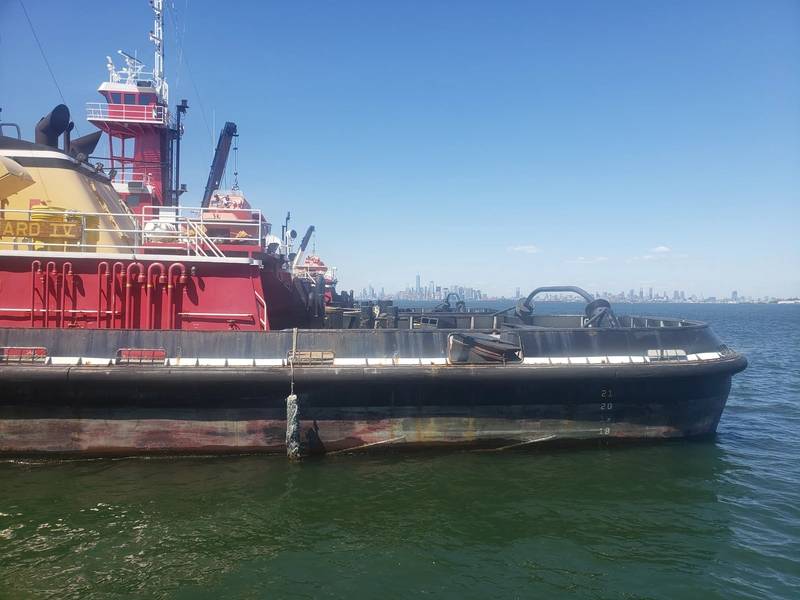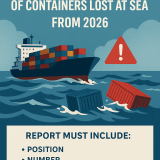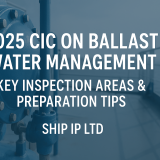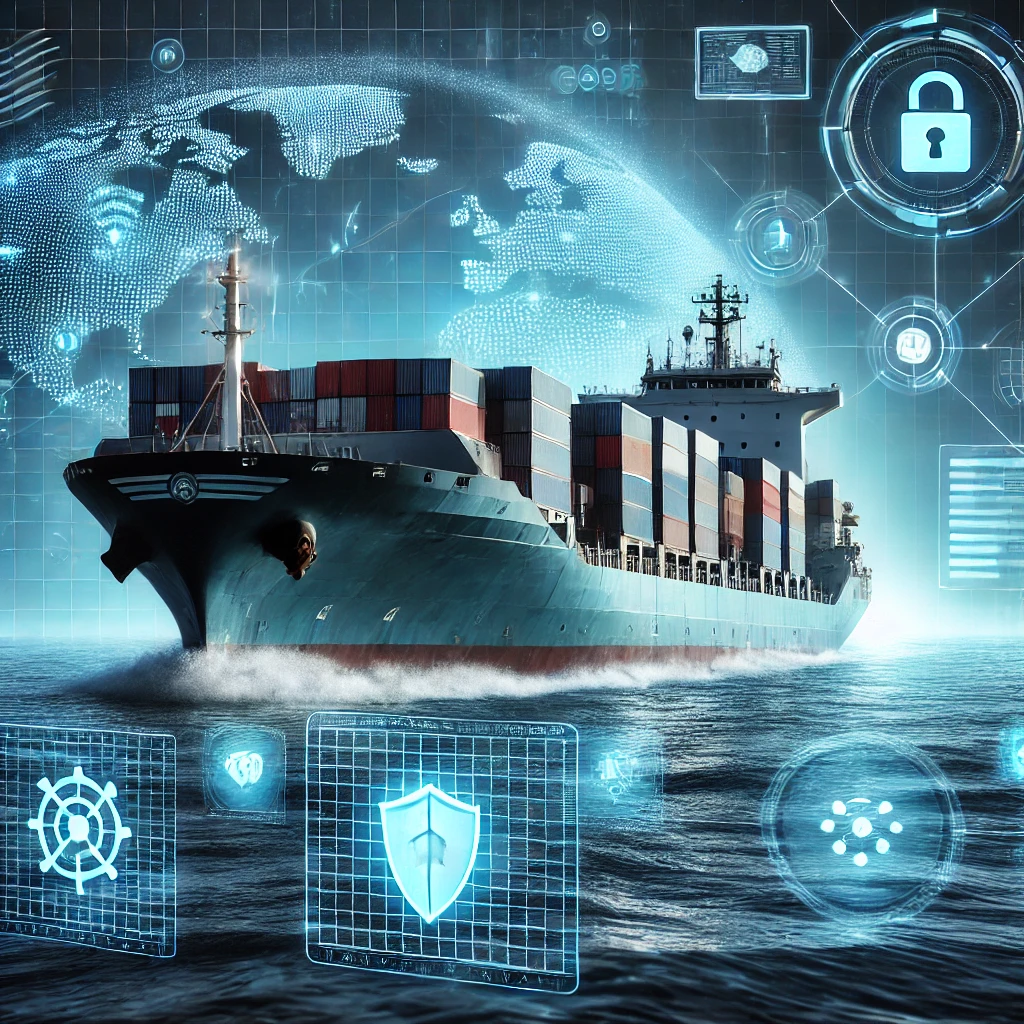Classification society DNV is embarking on an instrumental role in helping to facilitate safe crew changes amid South East Asia’s COVID crisis as an auditor in the multi-party backed CrewSafe programme.
CrewSafe is the creation of the Singapore Shipping Tripartite Alliance Resilience (SG-STAR) Fund Task Force (SFTF), which was established by the Singapore Shipping Association (SSA), the Maritime and Port Authority of Singapore (MPA), Singapore Maritime Officer’s Union (SMOU) and the Singapore Organisation of Seamen (SOS) and later joined by the International Transport Workers’ Federation (ITF), the International Maritime Employers’ Council (IMEC) and the International Chamber of Shipping (ICS).
The CrewSafe programme is based on Singapore’s crew change model to establish safe crew change corridors. DNV is one of the appointed auditors for the programme. CrewSafe audits comprise quality checks on quarantine/holding, medical, and swabbing facilities in countries engaged in crew supply.
CrewSafe accreditation will be granted to facilities that successfully pass the audits. DNV has already completed 15 audits at facilities located in Singapore, the Philippines, and India. The aim is to increase the capacity for owners and managers to bring new crew onboard and enable opportunities for onboard crew to return home.
“DNV is fully supporting and facilitating this programme as seafarers are the true backbone of our global industry,” commented DNV Maritime CEO Knut Ørbeck-Nilssen. “Seafarers need to be fully recognized as key workers, and CrewSafe is one such programme assisting crew source nations and fostering a higher level of confidence and quality control checks in the crew change processes.”
He added that seafarers play a vital role in world trade and supply chains but acknowledged that fatigue, despair, depression, and mental health concerns among those at sea are now threatening marine safety. “The ongoing crew change crisis shows that international problems need international solutions. CrewSafe is one such initiative DNV is rightly proud to be assisting,” said Ørbeck-Nilssen.
Quah Ley Hoon, Chief Executive of MPA, commented, “Singapore takes its responsibility to facilitate safe crew change seriously. We are pleased to welcome DNV on board due to its renowned quality audits and look forward to working with our tripartite partners in ensuring facilities remain safe for crew change amid the pandemic.”
Michael Phoon, SSA Executive Director, said, “Many governments around the world are restricting travels to prevent COVID infections in the community. To provide assurance to all crew change stakeholders and facilitate safe crew change, the SG-STAR Fund Task Force initiated the CrewSafe programme. We are glad to have the support of DNV to conduct stringent audit checks on holding and medical facilities to ensure that the necessary quarantine and testing requirements can be fully met.”













